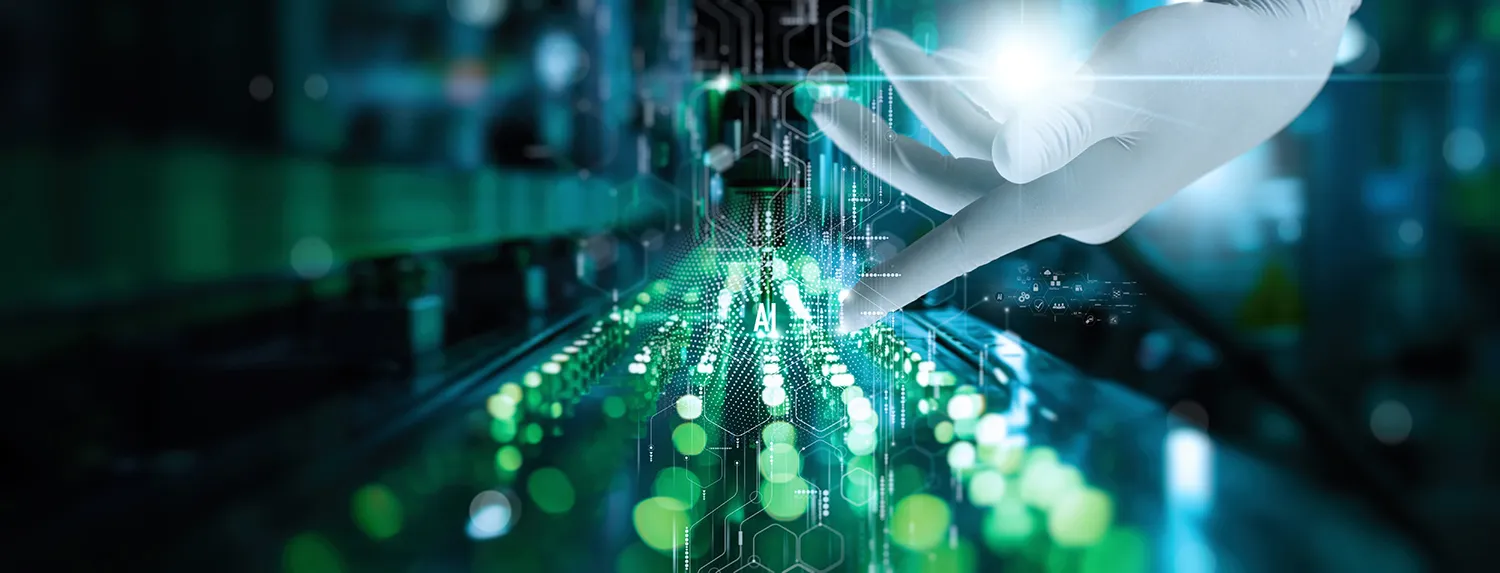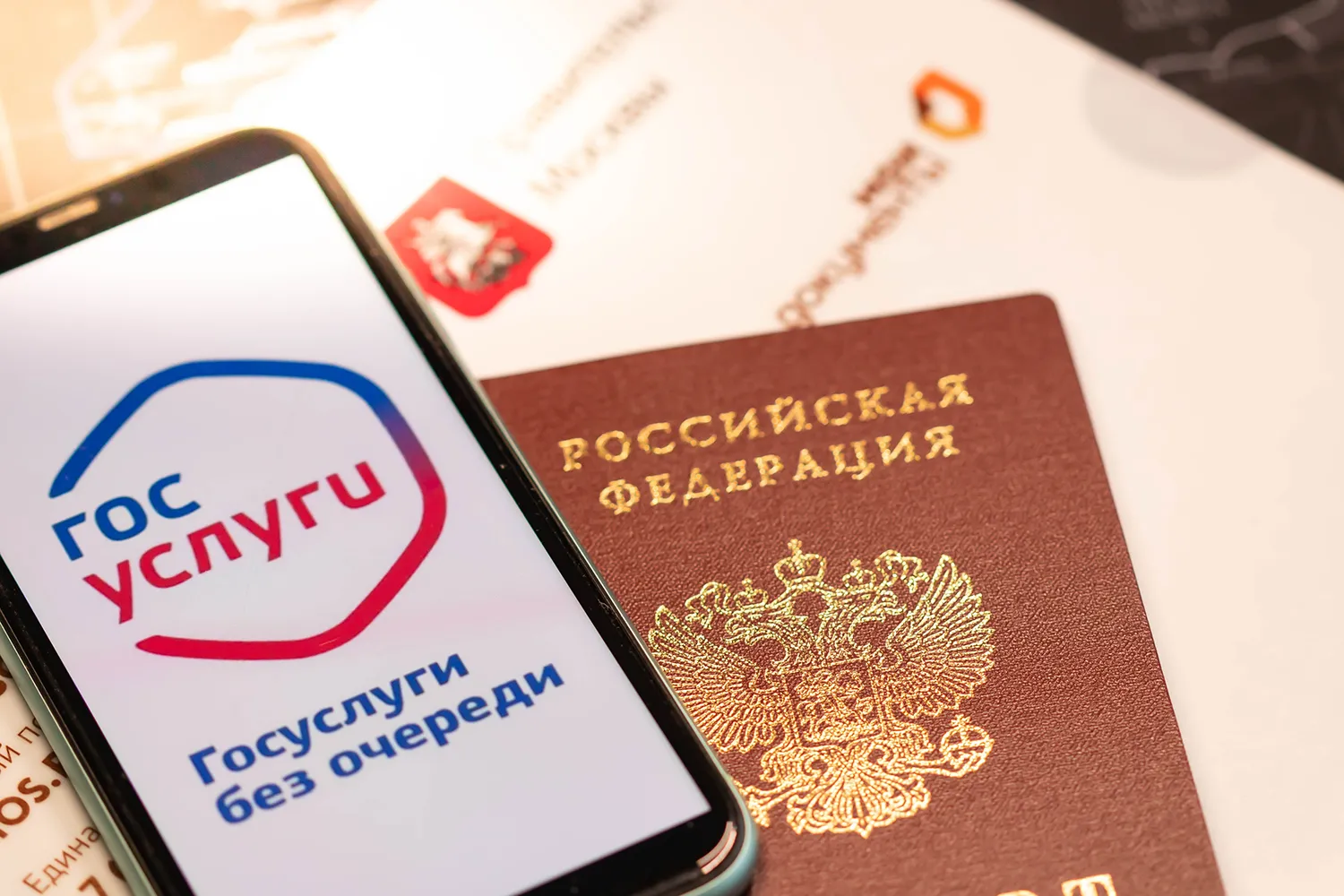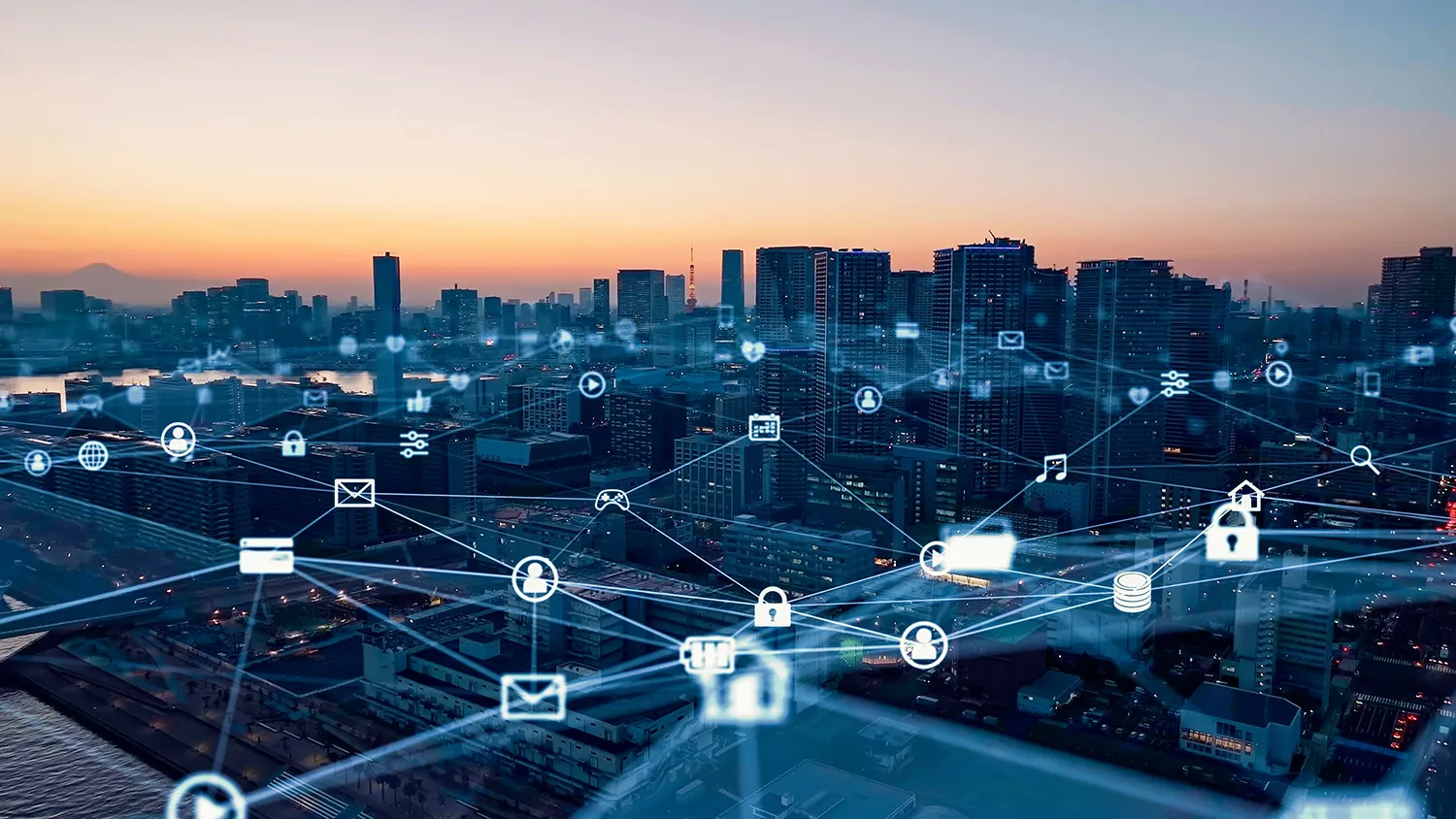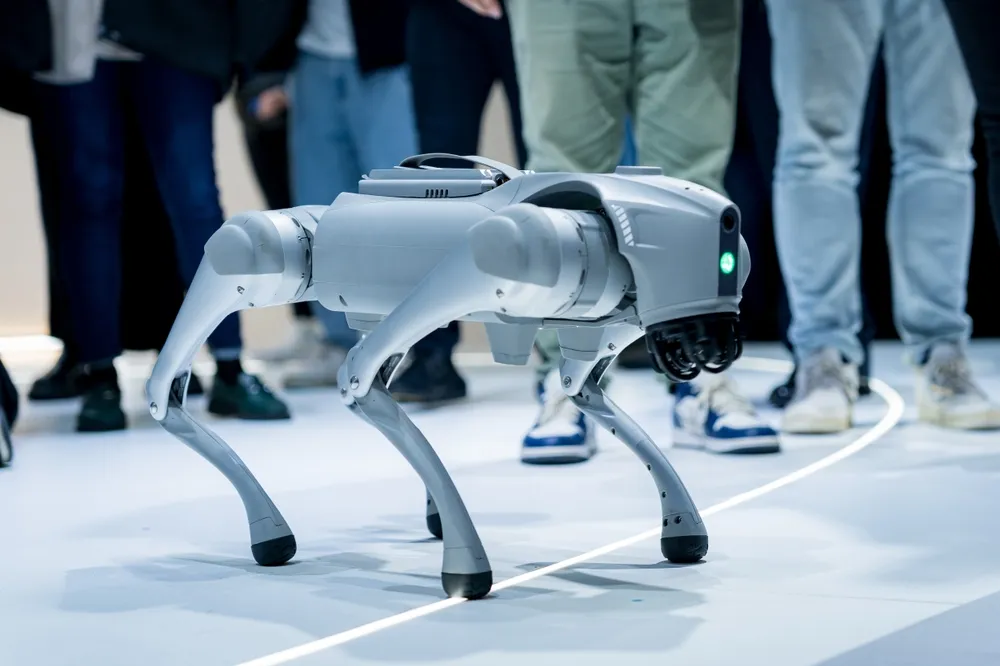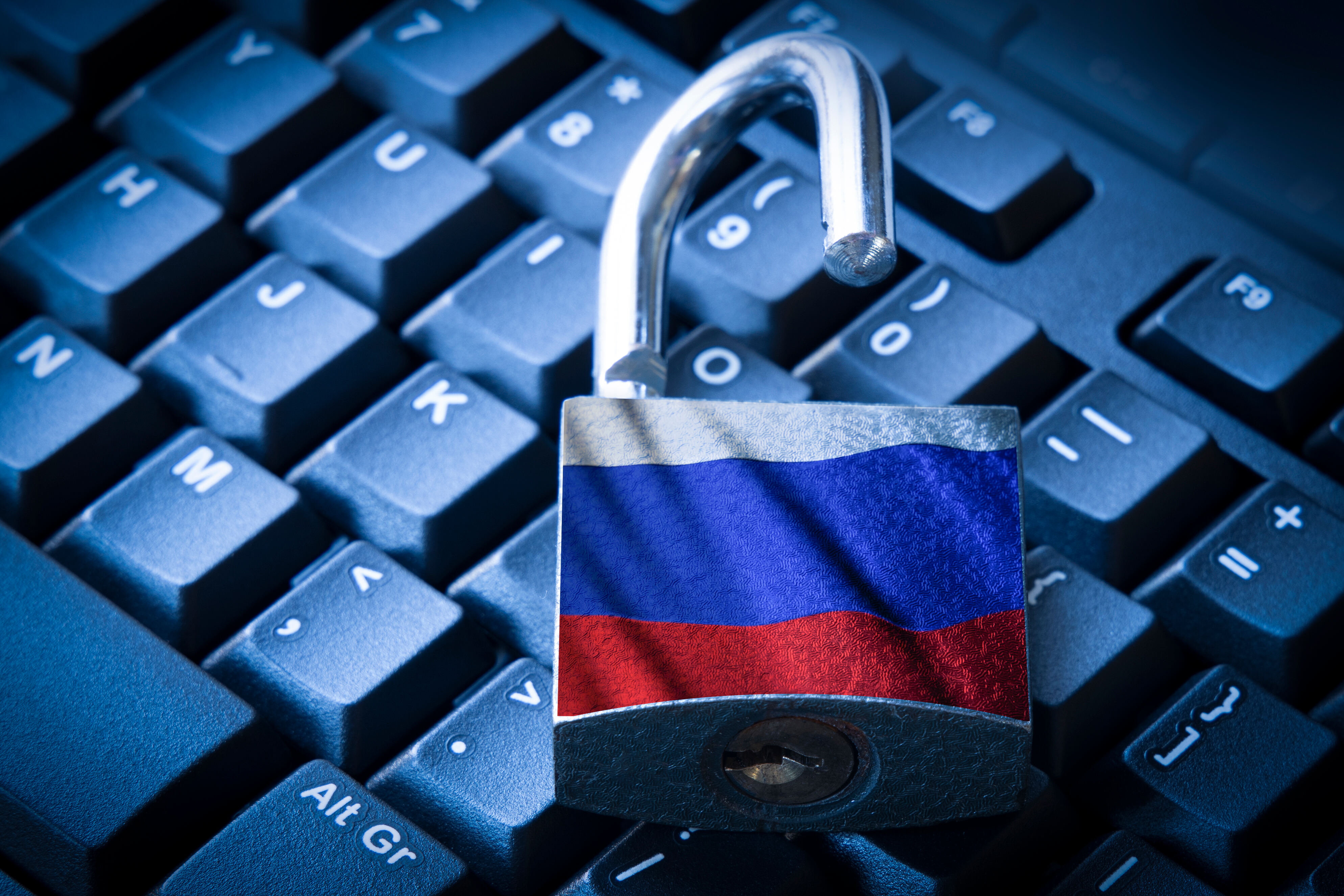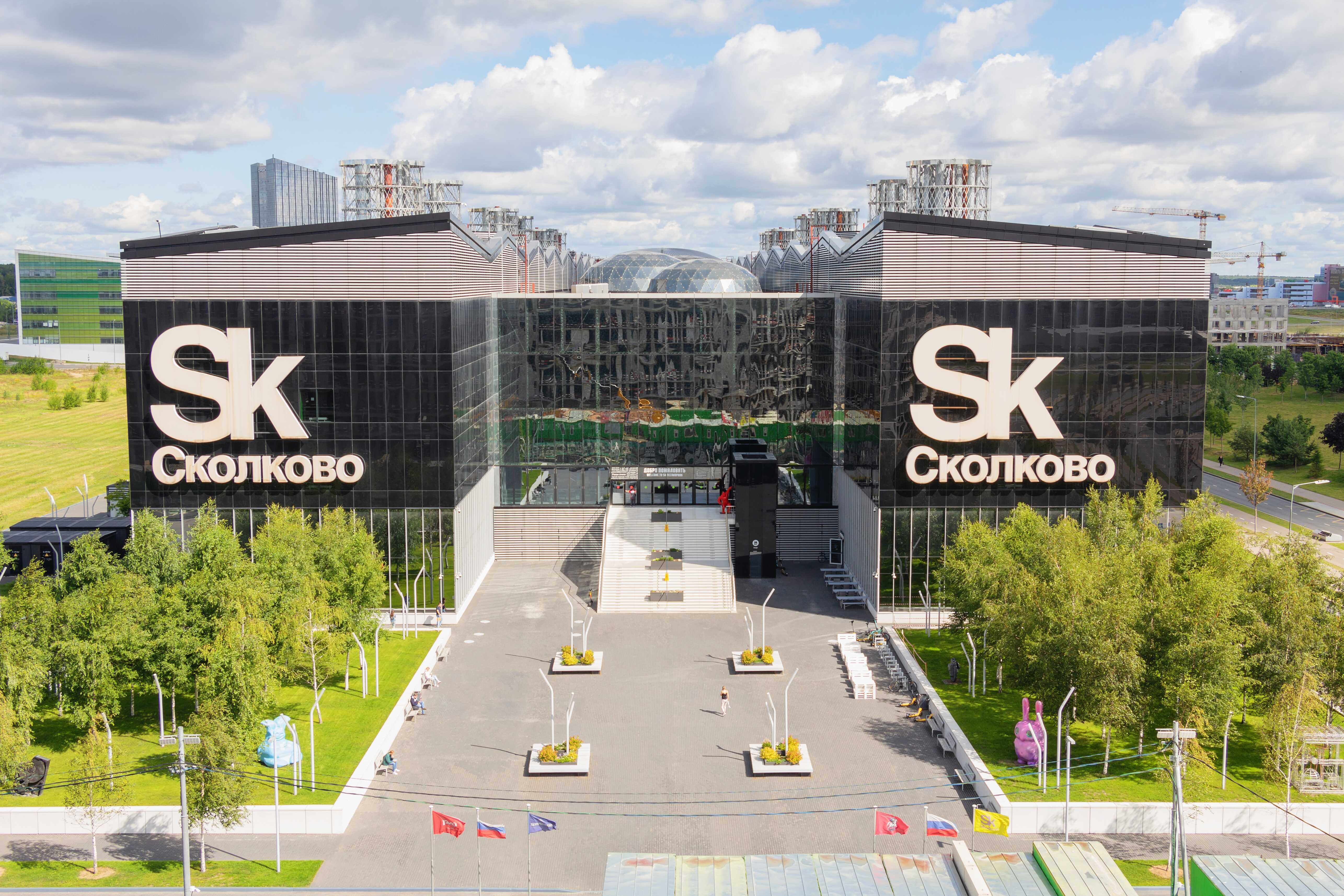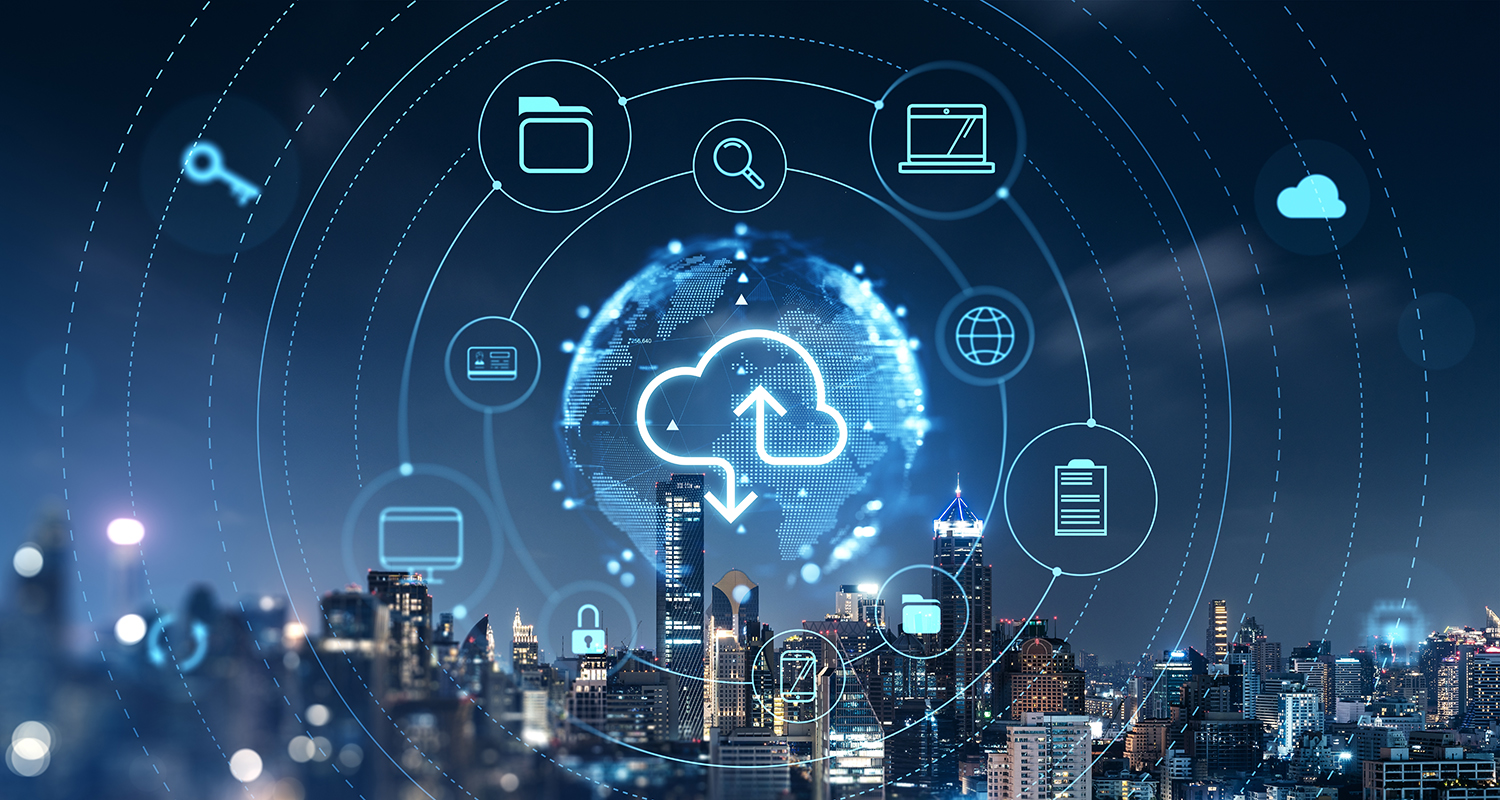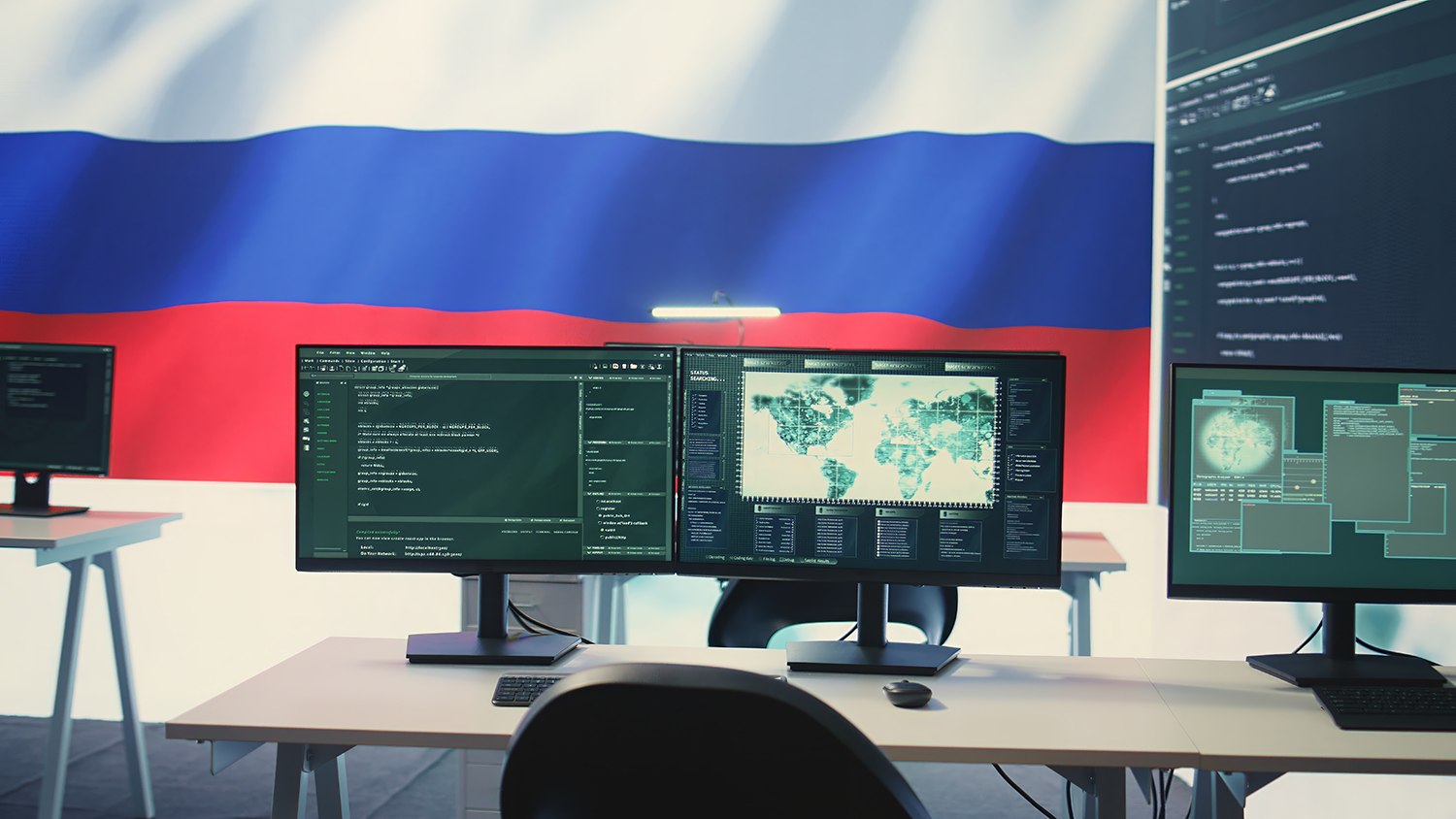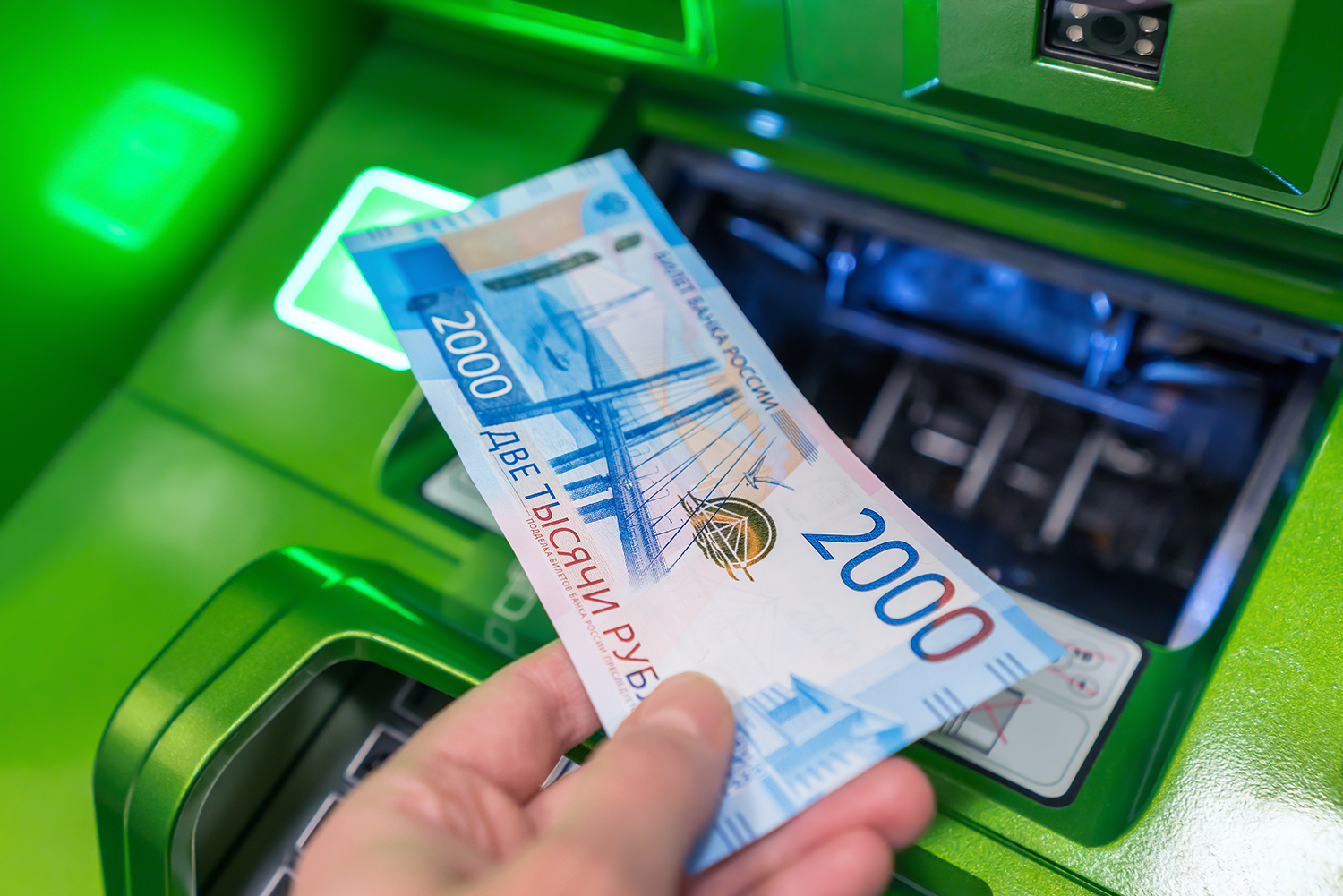Russian Digital Heat Supply Solutions: Technologies Saving Millions

Russia’s heating sector is undergoing a digital transformation that is cutting costs, boosting efficiency, and laying the groundwork for global competitiveness.
Strategic Platforms for Smart Heating
A standout example of Russia’s digital push
is the 'Digital Heat Supply' platform developed by Rusatom Infrastructure
Solutions, part of the Rosatom State Corporation. This fully domestically
developed solution is designed to automate and optimize operations for heat
supply providers. The system includes modules for performance analysis, energy
balance modeling, consumer request handling, and real-time monitoring of
critical infrastructure. Pilots in Glazov, Lipetsk, and Voronezh have already shown
remarkable results: up to 40% reduction in heat usage and 90% improvement in
emergency detection and response speed.
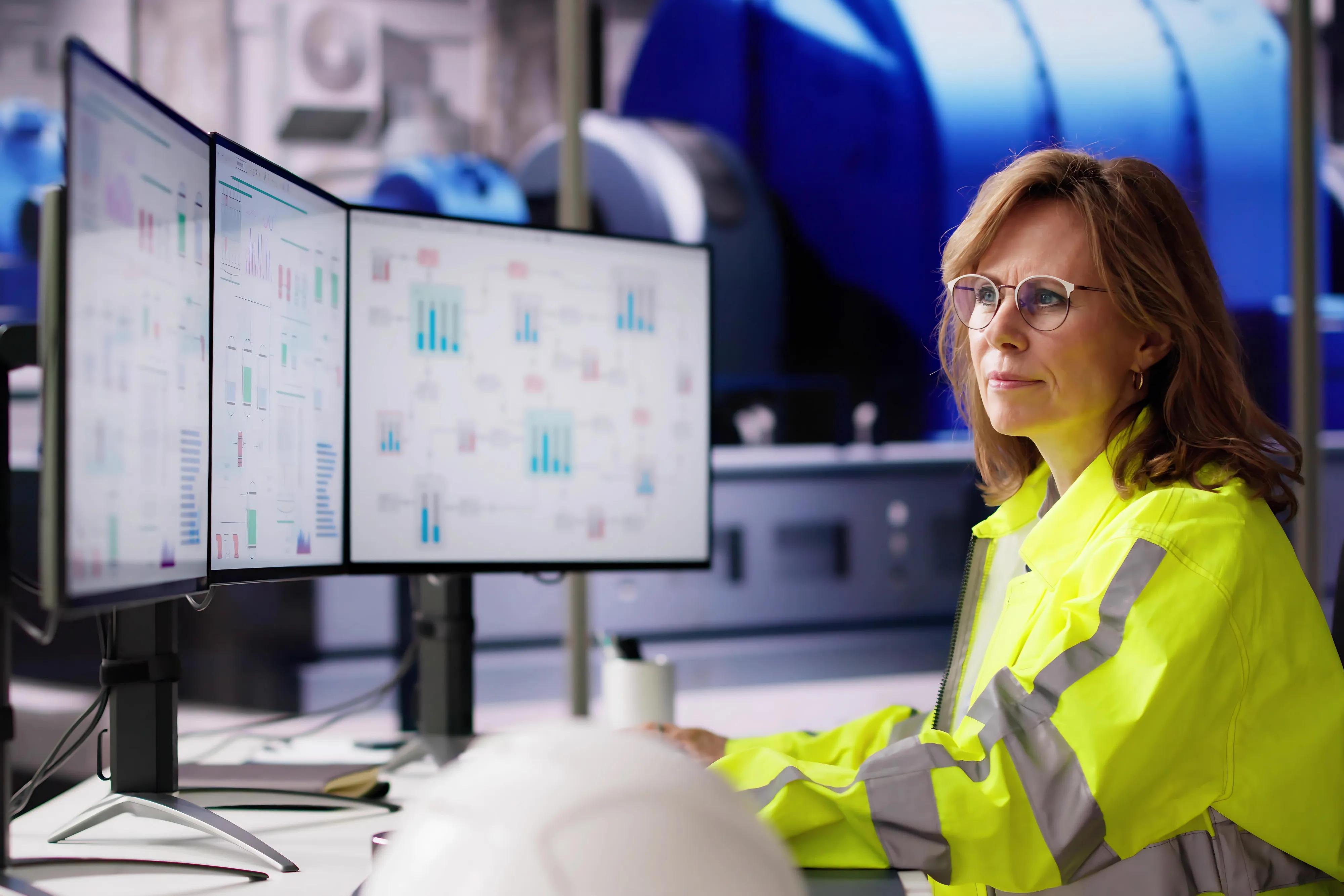
AI and Digital Twins Improve Efficiency
In Lipetsk, energy company Quadra successfully deployed the first stage of the Digital Heat Supply system, enabling real-time heat flow mapping, leak detection, and loss tracking. A key innovation is the integration of artificial intelligence, which continuously compares sensor readings to benchmark values. This predictive analytics capability shifts operations from reactive to proactive, enhancing reliability while lowering costs.
End-to-End Control with Virtual Infrastructure
In Yekaterinburg, utility firm T Plus implemented a digital twin system at the Akademicheskaya CHPP. This virtual replica of the physical heat network allows for complete visibility—from heat generation to delivery. Operators can model scenarios, optimize equipment loads, and plan maintenance based on simulated conditions. As a result, infrastructure damage dropped by 10% and thermal losses declined by 1.5%.

Economic and Regulatory Gains
Digitalization delivers measurable value for utilities. Companies save labor by automating data collection and system monitoring, reduce emergency repair costs, and improve service transparency via BI dashboards for regulators. Consumers benefit through better service and the potential for long-term rate stabilization. Experts estimate that IoT-driven platforms can lower operational costs by around 16%.
Sovereignty and Export Potential
One of the core strengths of these Russian platforms is their independence from foreign technology. Built entirely with Russian software and hardware, these solutions are customized for the country’s harsh climate and aging infrastructure. This not only supports national digital sovereignty but also opens export opportunities. CIS countries are already expressing interest, drawn by the platforms’ modularity, proven reliability, and compatibility with legacy systems.






